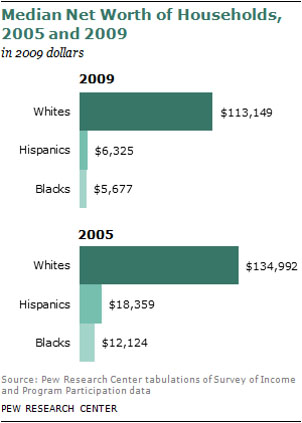On Friday I gave my last lectures at Cal Poly Pomona. The lesson, a new version of a one I developed last fall, attempts to give some context to what we’ve seen recently in Ferguson and Baltimore. The lesson is framed with some remarks delivered by Ta-Nehisi Coates at Johns Hopkins, just after the recent unrest there. We then explored St. Louis as an example of how local and federal government worked together in ways that promoted segregation in the mid-century. Finally we turned to the national outcome of such policies and the issue of violence. You can view the slides I used here as I walk through the lesson in more detail below.
In the first video segment, Coates summarizes the takeaway from The Case for Reparations, his fantastic article for The Atlantic last June. The keyword is “plunder” and he succinctly described for the students what he meant by that. Though this course only picked up after 1877, there was plenty from our study that students could connect to this comments. (Ta-Nehisi Coates’s remarks can be found at http://www.ustream.tv/recorded/61723764. This first segment runs from 17:13 to 20:13.)
While Coates wrote about Chicago, I chose to focus on residential segregation in St. Louis because of the events in Ferguson. I used the first slide to explain the current pattern of race in many American cities, as black Americans have made inroads in inner-ring suburbs just as they are being pushed out of gentrifying city centers. We spoke briefly about St. Louis’s history of racial segregation, drawing on this Al Jezeera article they had read for class. (I’ve found Al Jazeera’s outsider perspective on race relations in American really helpful.) I then has the students divide into groups of four to tackle examples from St. Louis’s history, drawn from The Making of Ferguson by the Economic Policy Institute. (You can get a pdf of those examples here.) The students did a good job of unpacking the role of government in these examples and the way in which seemingly race-neutral tools or policies could be used to promote massive racial inequality. They also saw that those tools didn’t end with the formal (legal) end of segregation or the Civil Rights Movement of the 1960s.
You’ll see that what follows is a series of graphs demonstrating the disparate impact of this history on nation-wide racial divisions. Blacks are much more likely to live in high-poverty neighborhoods than whites, a difference that is not markedly improving. Same for levels of unemployment – the racial disparities don’t seem to be getting better. The graphic on Median Household Wealth is the most startling to me. The way I break it down for students is by asking, “If each of these median families decided they were going to sacrifice everything – sell all they had – to put their child through college, how many years/quarters at Cal Poly could they afford?” The answer: the white family could pay for enough years to graduate (even if it takes 6, as is too-often the case). The other families, perhaps 2 quarters or a full year. That’s a huge disparity. And, as you can see, the housing bubble made it worse, partially explained the chart that follows. Our incarceration rates are shocking for the “land of the free.”
Finally, we returned to Coates to make the link between “plunder” and “violence.” (This second segment picks up after the first and continues until 23:59.) I appreciate that he both makes historical references and shares his personal experience. Coates has helped me a great deal in understanding race in America, but especially the violence on all sides. (You can read a bit of what I learned from him in my review of his book, The Beautiful Struggle.) But I wanted to let the students process this on their own, so I intentionally left this question open for their reflections. Then I closed with a headline and lede from The Onion. I used it to reemphasize that, while history can’t tell us exactly what happened with Michael Brown or Freddie Gray, it can help us understand the context for such events and the responses to them.
Like my lecture on the 1960s Civil Rights Movement (in this I focus closely on the events in Birmingham, AL in 1963), the lecture was both tough and rewarding. While I hope they’ve (at least partially) absorbed some of the essential lessons of historical study, I wanted to leave them with a vivid example of how the history we had discussed earlier continues to shape our present in very profound and often upsetting ways, and thus how essential it is that we all be students of our history.
(If you are interested in a full ppt copy of the slides or any of the materials here, just drop me a line and I can send them along.)



One reply on “Race in Contemporary America”
Stephen Campbell June 8, 2015 at 5:20 pm
Coates is a great author and I use that article, too, when I talk about the Jim Crow era. I combine a lot of his points with Michelle Alexander’s THE NEW JIM CROW to talk about mass incarceration.